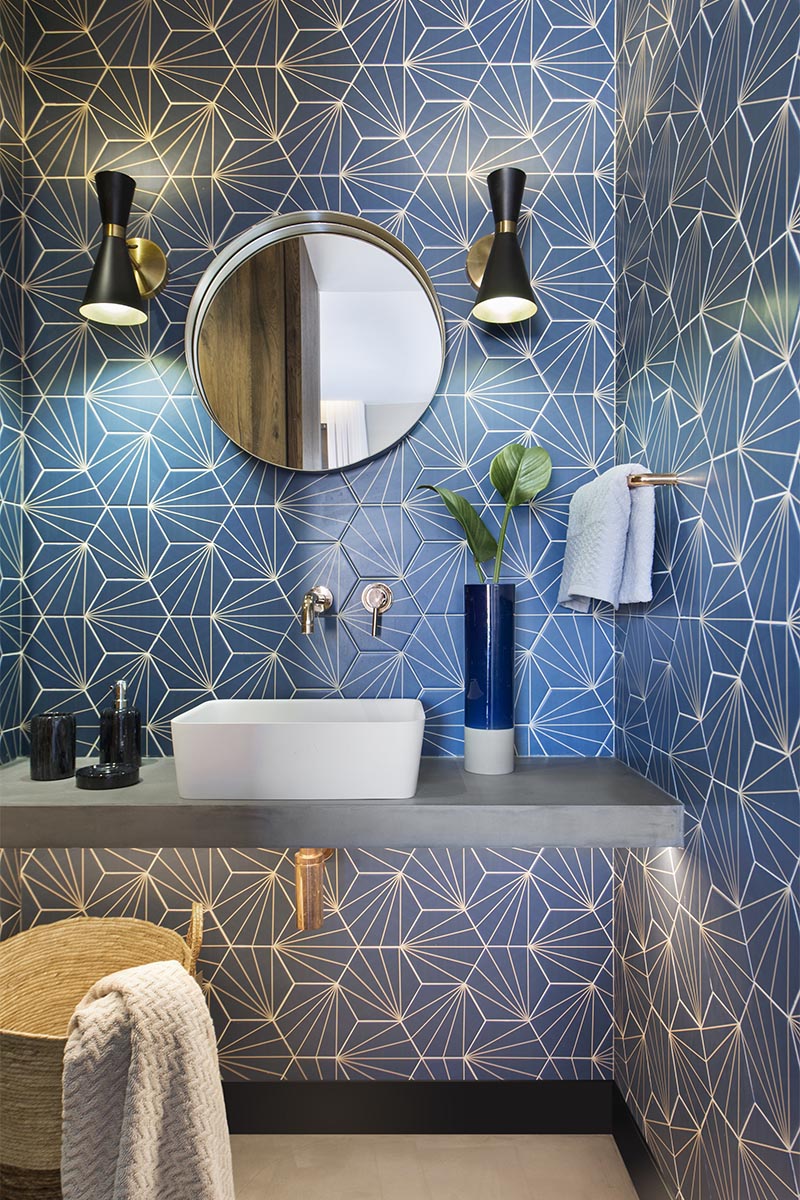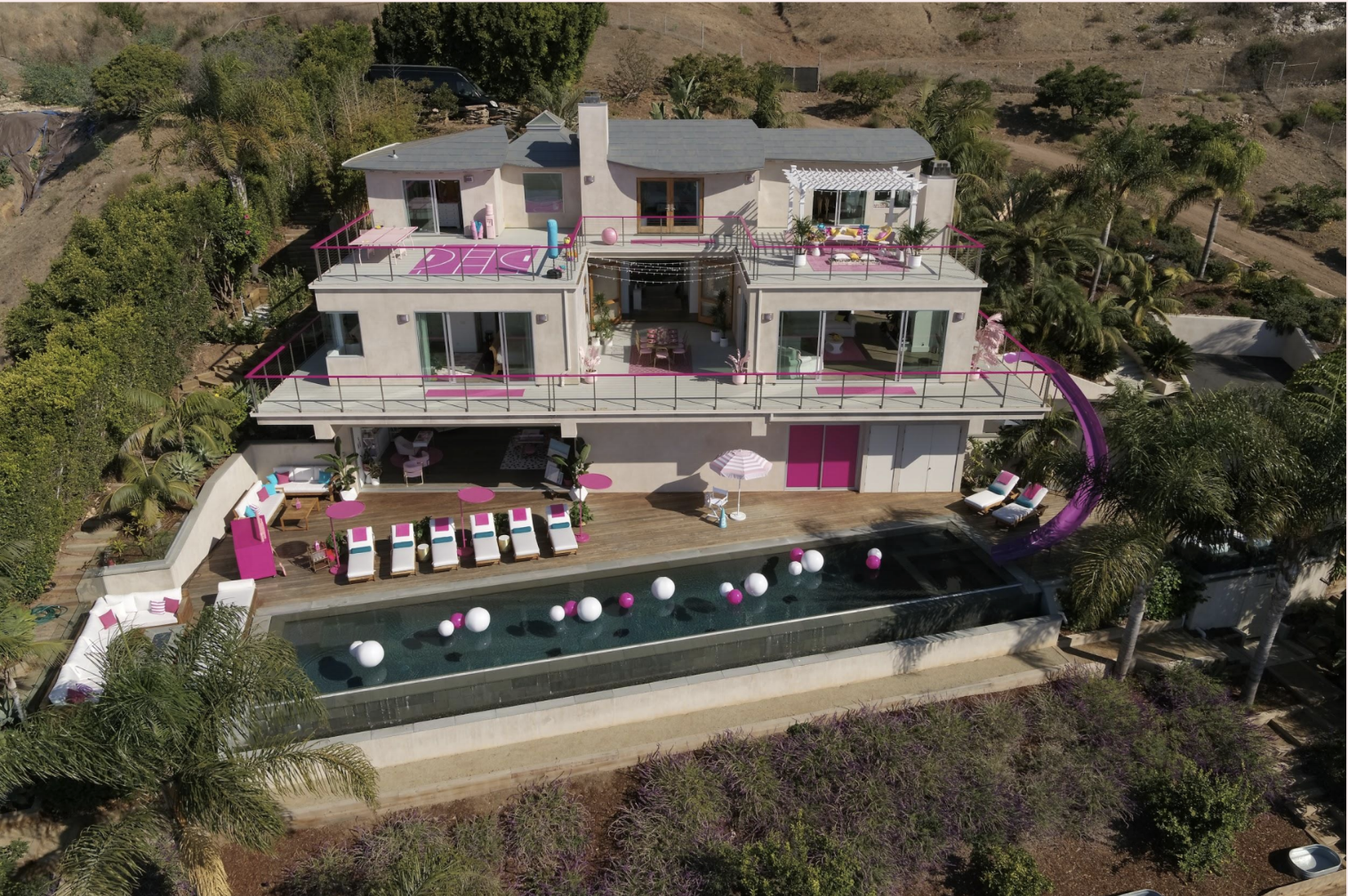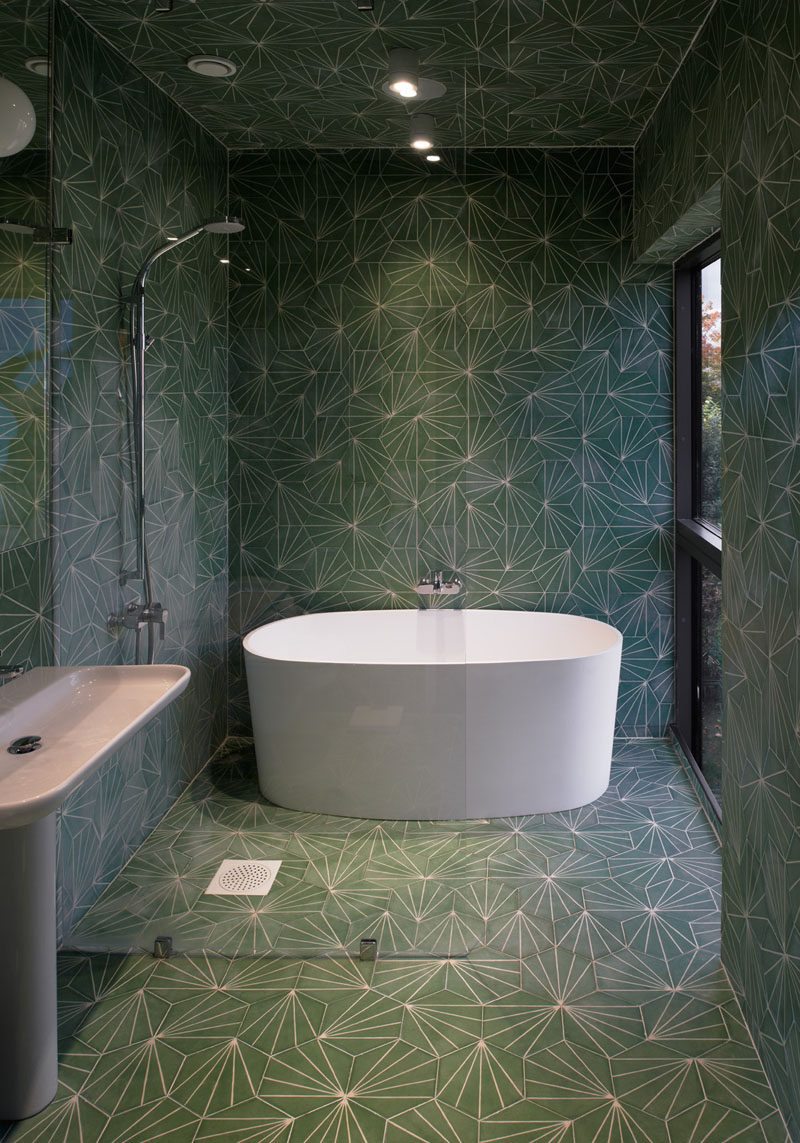Table Of Content

Students explore energy efficiency, focusing on renewable energy, by designing and building flat-plate solar water heaters. They calculate the efficiency of the solar water heaters during initial and final tests and compare the efficiencies to those of models currently sold on the market (requiring ... Student teams create laparoscopic surgical robots designed to reduce the invasiveness of diagnosing endometriosis and investigate how the disease forms and spreads. Using a synthetic abdominal cavity simulator, students test and iterate their remotely controlled, camera-toting prototype devices, whi...
Engineering meetings
Prototypes and models undergo rigorous testing to ensure they meet all criteria and function as intended. Evaluation is based on performance, safety, and compliance with regulations. Use your design proposal to make a prototype that will allow you to test how the final product will perform. Prototypes are often made from different materials than the final version and are generally finished to a lesser standard.
Quality Control and Assurance
The increasing ubiquity of engineering and technologies has rendered them more accessible to businesses and manufacturers previously unable to invest in them. Seizing these opportunities, large enterprises have maintained their hegemony in product development and engineering. Consequently, product development teams at small and medium-sized manufacturers have often relied on a blend of technology and manual methods, leaning heavily on the experience and expertise of their team members.
Designing the Manufacturing Process for a Composite Countersink
Not all engineers think or work the same way, even if they’re in the same field. It’s all about where they studied, how they were trained, and their unique experiences. To conclude, conduct the post-activity assessment described in the Assessment section to help students relate the project to some aspect of their own lives. This role-reversal exercise asks students to imagine they are members of the target population and develop three questions that they would ask the project engineers. For example, a design challenge might ask students to build a pair of recyclable tennis shoes for less than $20. The requirement that the tennis shoes be recyclable and cost less than $20 will likely constrain the design to inexpensive materials that students can find in recycling bins.
Students learn about the process of reverse engineering and how this technique is used to improve upon technology. Students analyze push-toys and draw diagrams of the predicted mechanisms inside the toys. Then, they disassemble the toys and draw the actual inner mechanisms. Students learn about providing healthcare in a global setting and the importance of wearing protective equipment when treating patients with infectious diseases like Ebola.
This collaborative effort ensures that the end product aligns with user needs and operates effectively within its intended environment. It involves tools and ways of thinking that people can use in almost any situation. Each part of the process reveals information about the problem and possible solutions.
Common stages of the engineering design process
So, it’s a continuous ride on the innovation roller coaster where great ideas meet some serious trial-and-error in the quest for the perfect solution. The engineering design process is critical to ensuring that project resources and services are optimized for efficiency and effectiveness. By following a systematic and iterative approach to design, engineers can identify potential issues early on and address them before they become significant problems. When product designers use the engineering design process, they apply engineering experience, industry knowledge, and technology to design and build solutions for specific problems.
How does the engineering design process benefit project management and execution?
” authored by my colleague Barbara Neuhierl, as she delves deeper into how simulation solutions like Simcenter STAR-CCM+ empower small and medium businesses operating in the process industry to drive decarbonization. Creating a prototype has many advantages, but most importantly, it simulates the real future product. If you’re creating a prototype to show a client or customer, this stage will help you determine if there are any changes that need to be made before allocating the resources needed for implementation. It also gives your team the opportunity to test the design’s correctness and check for errors before putting it into production. The prototype should be designed with cost-effectiveness in mind and can be made from different materials than the final product. It's also common to leave finishing touches off early prototypes so that you can concentrate on the overall concept.
How Avnet accelerates its product design process - CIO
How Avnet accelerates its product design process.
Posted: Fri, 14 Jul 2023 07:00:00 GMT [source]
Build a Prototype
Following the engineering design process, they create their own biomedical device to aid in the recovery of a strained bicep. Acting as biomedical engineers, students design, build, test and redesign prototype heart valves using materials such as waterproof tape, plastic tubing, flexible plastic and foam sheets, clay, wire and pipe cleaners. They test them with flowing water, representing blood moving through the heart. Students use the engineering design process to solve a real-world problem—shoe engineering!

Such capabilities provide SMBs with a competitive edge, fostering innovation and driving business growth. An engineering design process is a structured approach to solving problems and creating solutions. This process involves several steps that are typically followed in sequence. However, the process is often iterative and may require revisiting earlier stages as new information becomes available or problems are identified. The engineering design process was developed to create products that meet the needs of a target audience. By taking a structured approach to design that follows a defined path from problem to solution, engineers can research multiple ideas to determine which solution is most viable.
This involves building a prototype and testing it to ensure that it meets the requirements of the project. The prototype should be refined until it meets all the requirements. The first step in the engineering design process is to define the problem.
Students study a sample of aloe vera gel (the oobleck) in lab groups. After analyzing the substance, they use the engineering design process to develop and test other substances to ma... The design of the manufacturing process for a composite countersink is considered. Attention focuses on the machining of a countersink used in creating stepped holes of diameter 18N9(+0.043) and 22N9(+0.043) mm. Research on the development of manufacturing processes for cutting tools is reviewed. The cutter is made of T15K6 hard alloy (State Standard GOST 3882–74).















